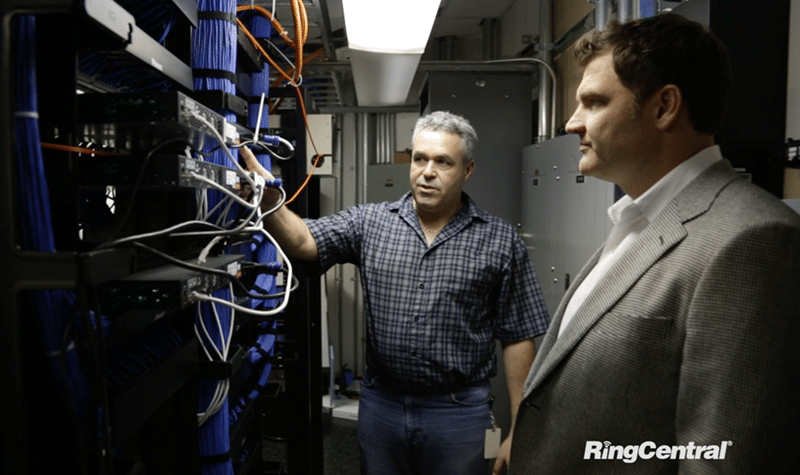
Too often, the ambition of moving forward creates haste. An anxious sales executive who wants to open an office in a new region or a CFO whom has already signed a lease without involving IT in the due diligence are fears and realities I’ve experienced. I’ve always wanted to be part of those decisions but it’s a hit and miss journey. Knowing how to respond with poise and confidence is key. Knowing how long it will take your team to deliver is key. One of the most important relationships IT can forge is with the Facilities/Real Estate team. A good partnership with Facilities will overcome a lot of anxiety and rework down the road. During the early phases of planning, budgeting, and contractor engagement; IT and Facilities need to be aligned on scope, ownership, and how the relationship with the general contractor will be managed.
As we’ve seen technology evolve from on-premise to cloud, many of the timing obstacles have been removed. For the last few years, I’ve come to enjoy the benefits of moving a lightweight infrastructure which primarily uses cloud services versus a heavyweight infrastructure. The one thing that really hasn’t changed, is the lead time for obtaining internet connectivity to the new building. If the new site has fiber presence, then at least the lead times can be minimized. If not, trenching may be required and can be a significant factor impacting expected delivery dates. In the US, lead times for internet circuit installation can be as low as 30 days, however, often take 60-90 days. Internationally, lead times can be as long as 6 months and rarely less than 120 days! Thus, setting expectations with the business leaders is critical when considering new properties. While these lead times often give the IT team time to pull cable and build out infrastructure, it’s also nice when there’s little to build. I can recall spending hundreds of thousands of dollars and weeks of labor preparing the telco rooms with massive MDF punchdown blocks, plywood walls for mounting PBXs, and dedicated HVAC. Now that has been reduced to a few racks of network gear and patch panels.
We’ve come a long way with the cloud. I think these stories will be fun to tell my engineers for years to come. The new generation of telecommunications engineers will never likely see an MDF, nor a 5 1/4” floppy drive.
Originally published Feb 12, 2015, updated Aug 12, 2020



